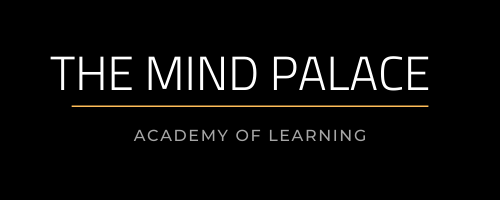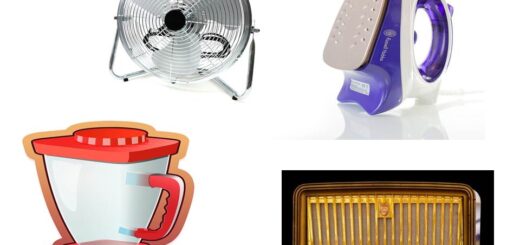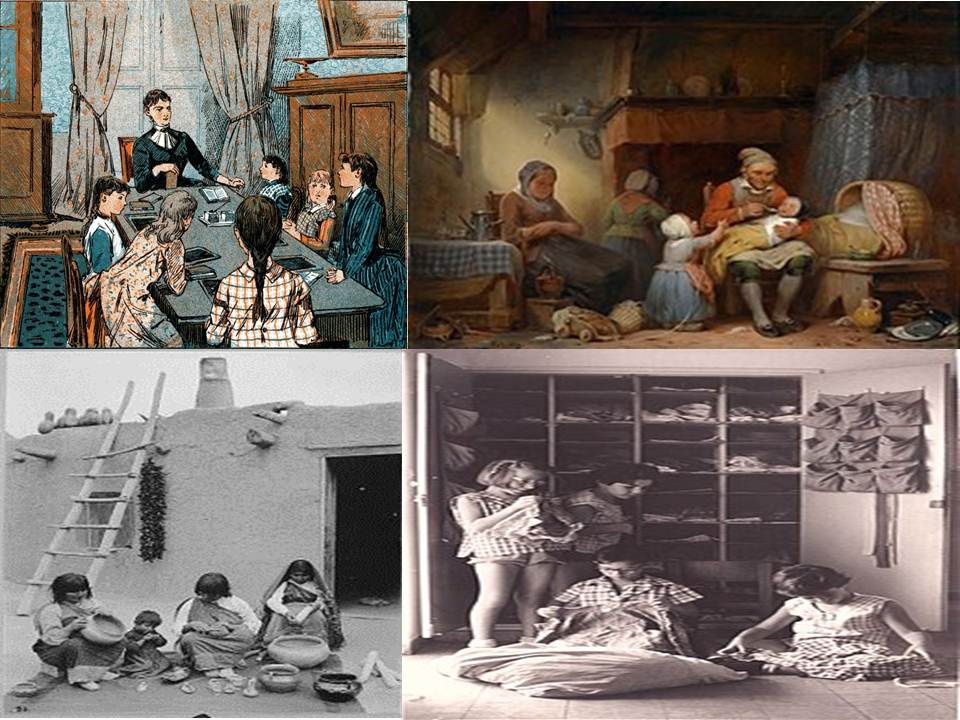Matter, Atoms, and the Elements of the Periodic table

Matter
As we look around, we see a large variety of things with different shapes, sizes, and textures.
The air we breathe, the food we eat, stones, clouds, stars, plants and animals, even a tiny drop of water or a particle of sand – every single thing is called matter.
At its most fundamental level, life itself is composed of matter.
We can also observe that all these things occupy space and have mass.
Thus matter is anything that occupies space and has mass.
Atoms
Atoms are the basic building block of matter.
An atom contains three subatomic particles: protons, neutrons, and electrons.
Neutrons and protons, commonly called nucleons, are bound together in the center of an atom, called the nucleus, surrounded by a cloud of negatively charged electrons.
Electrons have a negative charge.
Protons have a positive charge.
Neutrons have no electric charge at all.
An atom is electrically neutral when it contains the same number of electrons and protons.
The number of protons in the nucleus is defined as the atomic number of an element. And it also defines to which chemical element the atom belongs.
For example, any atom that contains 29 protons is copper.
Elements
Elements are unique forms of matter with specific chemical and physical properties.
An atom is the smallest particle of an element that holds all the properties of that particular element.
For example, consider the element gold. Imagine cutting a gold nugget in half, then again one of the halves in half, and repeating this process until a piece of gold remained is so small that it could not be cut in half.
This minimally sized piece of gold is an atom. An atom of gold.
If you divide it further, this atom would no longer be gold.
Thus an atom is the smallest unit of matter that retains all the chemical properties of a given element.
Every single atom of a given chemical element has the same number of protons in its nucleus.
This number of protons defines the atomic number of an element.
Thus it also determines the position of that element in the periodic table.
An atom with one proton is an atom of hydrogen,
one with two protons is helium,
with three protons is lithium, and
so on the rest of the periodic table.
Each time you add a proton, you get a new element.
The number of protons is what gives an atom its chemical identity.
There are 118 elements, but only 98 of them occur naturally. The remaining elements are unstable and require scientists to synthesize them in laboratories.
The periodic table organizes all these elements.
Russian chemist Dmitri Mendeleev (1834–1907) designed the periodic table in 1869.
In the periodic table, the elements are organized and displayed according to their atomic number.
And they are also arranged in rows and columns based on their shared chemical and physical properties.
Molecules
It is rare to find collections of individual atoms.
They are available in nature in a group of two or more atoms that are chemically combined.
An Atom can enter into combinations with atoms of the same or different elements.
Atoms that chemically react and bond to each other form molecules.
Thus molecules are simply two or more atoms chemically bonded together.
Only a few elements, such as the gases helium, neon, and argon, consist of a collection of individual atoms that move around independently.
Other elements, such as the gases hydrogen, nitrogen, oxygen, and chlorine, are composed of units that consist of a pair of atoms.
Two or more atoms of the same or different elements are combined together to form a particle called a molecule.
The atoms in a molecule move around as a unit, like a single key ring having a bunch of keys in it.
A molecule may consist of two or more identical atoms, as in the molecules found in the elements hydrogen, oxygen, and sulfur.
OR
It may consist of two or more atoms of different elements, as in the molecules found in water.
Each water molecule is a unit that contains two hydrogen atoms and one oxygen atom.
Similarly, each glucose molecule is a unit that contains six carbon atoms, 12 hydrogen atoms, and six oxygen atoms.
Although there are just over 100 elements, tens of millions of chemical compounds result from different combinations of these elements.
Each compound has a specific composition and retains definite chemical and physical properties that distinguish it from other compounds.
Isotopes
The number of neutrons is generally about the same as the number of protons, but they can vary up and down slightly.
Isotopes are different forms of an element with the same number of protons but different numbers of neutrons within the nucleus.
The number of neutrons defines the isotope of the element.
Some elements—such as carbon, potassium, and uranium—have naturally occurring isotopes.
Carbon-12 contains six protons, six neutrons, and six electrons; therefore, it has a mass number of 12 (six protons and six neutrons).
Carbon-14 contains six protons, eight neutrons, and six electrons; its atomic mass is 14 (six protons and eight neutrons).
These two alternate forms of carbon are isotopes.
Some isotopes may emit neutrons, protons, and electrons, and attain a more stable atomic configuration (lower level of potential energy); these are radioactive isotopes or radioisotopes.
Ions
An ion is a charged atom or molecule.
It is charged because the number of electrons does not equal the number of protons in the atom or molecule.
An atom can acquire a positive charge or a negative charge depending on whether the number of electrons in an atom is greater or less than the number of protons in the atom.
When an atom is attracted to another atom because it has an unequal number of electrons and protons, the atom is called an ION.
If the atom has more electrons than protons, it is a negative ion or ANION. If it has more protons than electrons, it is a positive ion.














